An electronic loop controller outputs a signal of 8.55 mA to a direct-responding control valve (where 4 mA is shut and 20 mA is wide open).
How far open should the control valve be at this MV signal level?
Calculate Control Valve Stem Position
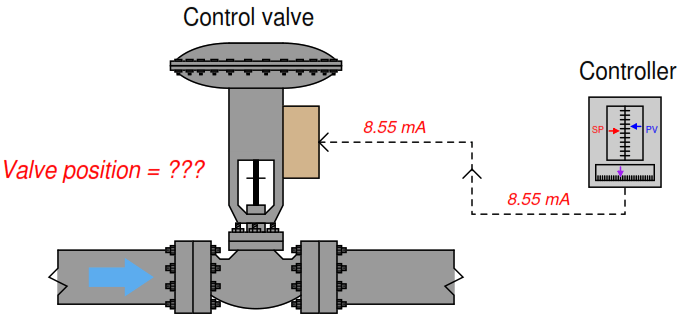
We are solving this problem using standard 4-20mA conversion Formula. Click here for formula
To solve for percentage of stem travel (x) at 8.55 milliamps of signal current (y), we may use the linear equation developed previously to predict current in milliamps (y) from signal value in percent (x):
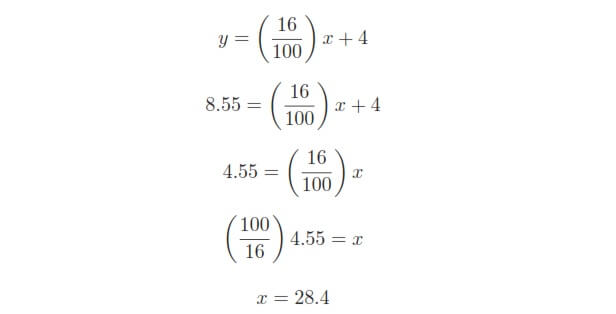
Therefore, we should expect the valve to be 28.4% open at an applied MV signal of 8.55 milliamps.
We can also solve the problem using direct formula. Click here for formula
Also Read: Instrumentation Formulas
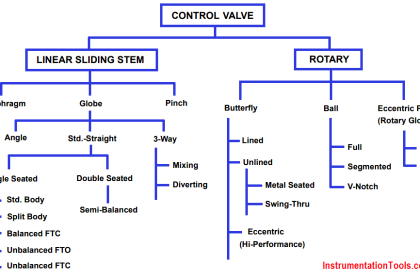


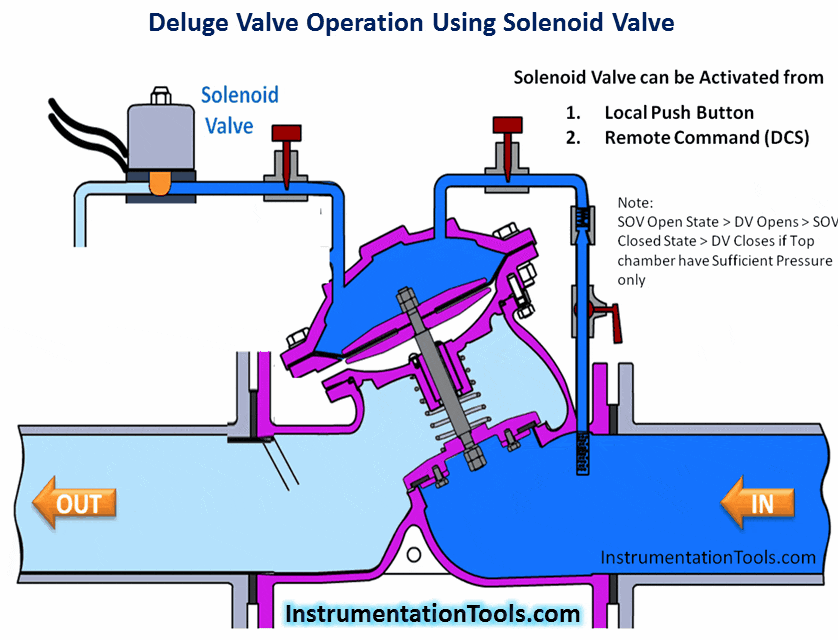
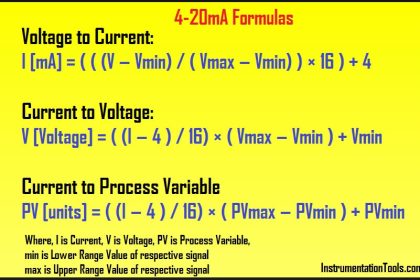
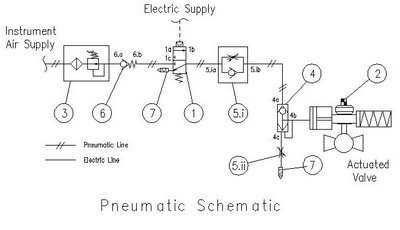
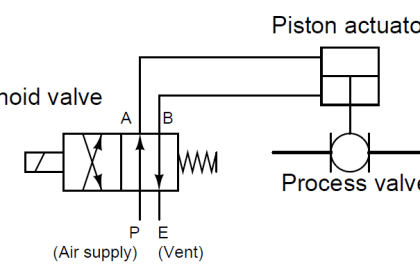

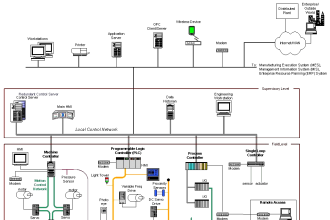
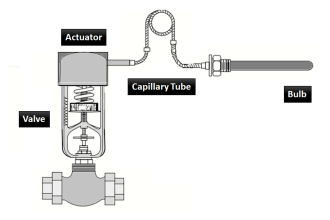
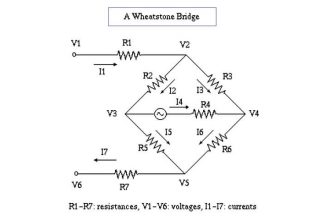
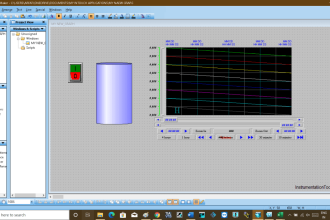


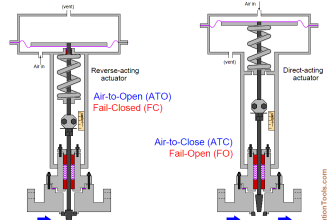
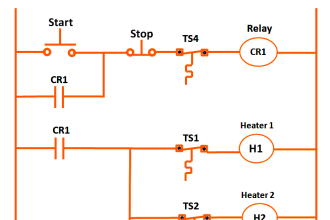

Very good
Very helpful ?
Very very helpful and too much useful
Thank you very much for sharing your vast knowledge with us.
Where did these 16 values come from?
Y% = X-4
——- .100
16
Where did these 16 values come from